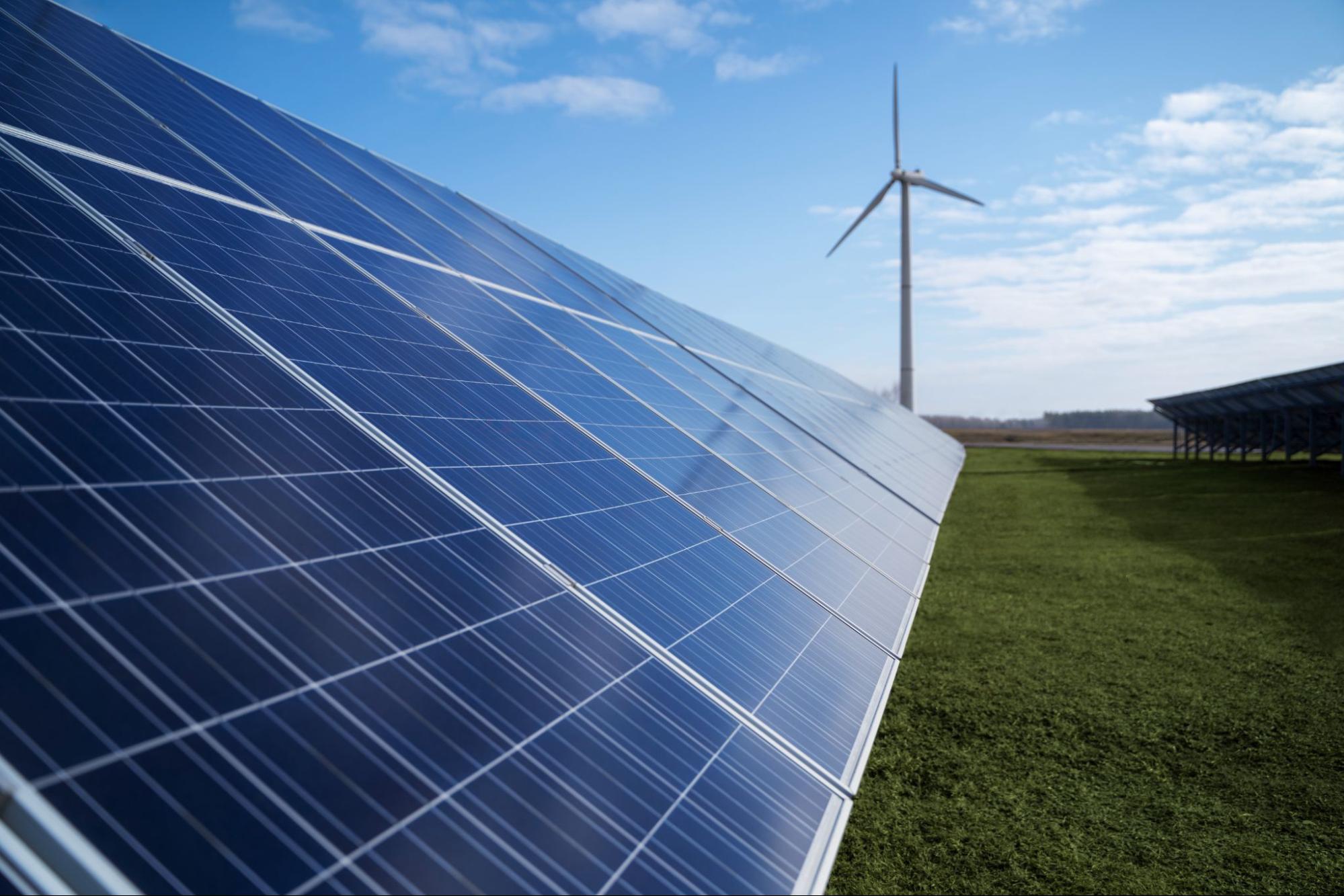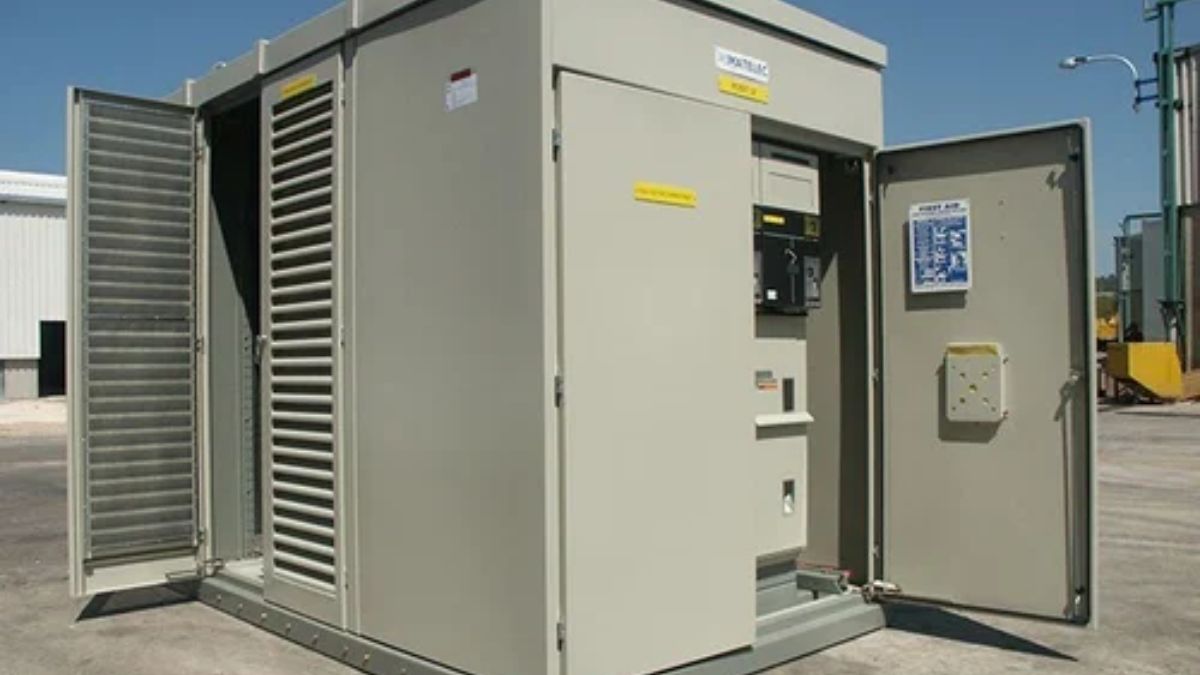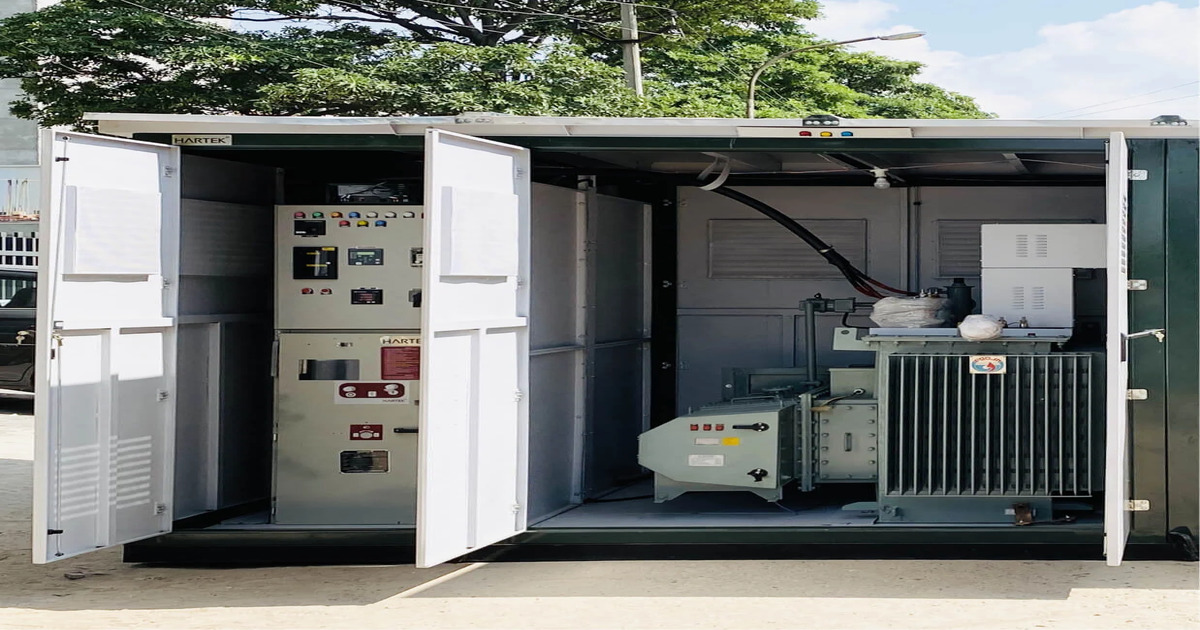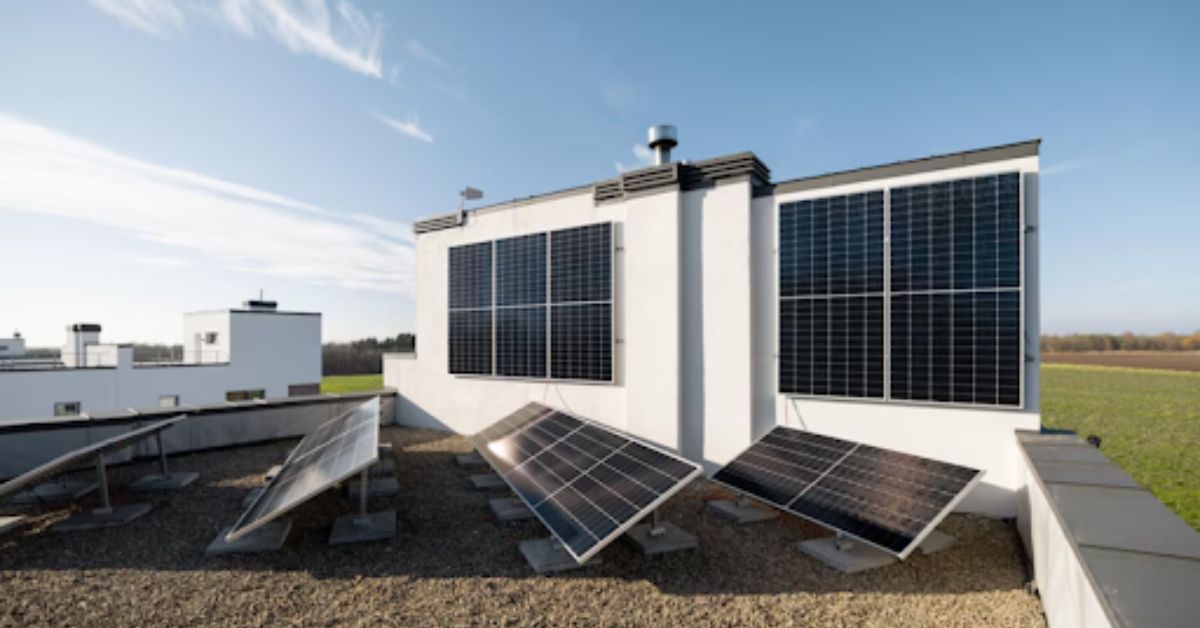India is witnessing a revolutionary transformation in its energy landscape. With the growing focus on sustainability and reducing dependence on fossil fuels, renewable energy in India, particularly solar and wind, has taken centre stage. Nevertheless, the primary obstacle to the implementation of renewable energy sources is their inherently intermittent nature. Obviously, the sun is not shining everywhere all the time, and the wind is not blowing at full speed every hour. Therefore, energy storage solutions are now considered the most vital enablers to be able to provide clean power continuously and reliably.
Forward-looking companies like Hartek are pioneering integrated energy storage systems that bridge this gap, ensuring seamless renewable energy integration and empowering industries, utilities, and communities with stable, sustainable power.

What Are Energy Storage Solutions?
Energy storage solutions comprise a set of technologies that can save energy from a period of low demand and then deliver it during a period of high demand. Keep in mind that the electricity that is stored must have been generated from environmentally renewable energy sources such as solar or wind. Later that electricity can be dispatched if there is a shortage of energy generation or, alternatively, if consumption is on the rise.
Energy storage systems (ESS) may be of different types, today, most commonly, one can come across battery energy storage systems (BESS). Besides that, other technologies might include pumped hydro storage, compressed air energy storage, and thermal storage. The major contribution of each of these systems is to help balance the grid, upgrade energy efficiency, and strengthen reliability.
In simple terms, energy storage is the “bridge” between energy generation and consumption, making renewable energy more dependable and accessible to all.
Why Energy Storage Matters for Renewable Energy in India
India has pledged to introduce 500 GW of renewable energy capacity by 2030, out of which the two major contributors would be solar and wind energy. The problem, however, is not only with the production of clean power, it is also a matter of handling the delivery of that power in terms of time and manner.
Energy storage solutions have become indispensable for India’s clean energy mission for the following reasons:
1. Balancing Supply and Demand
The generation of renewable energy depends on nature and time; hence, there are fluctuations. Storage systems have the ability to store the extra energy that is generated at the time of a production peak and then deliver it at a time when there is a production drop thus allowing the grid to be stable, and the power supply to be continuous.
2. Strengthening Grid Reliability
As India steps towards a higher penetration of renewable energy in the energy mix, the reliability of the grid becomes even more significant. Energy storage systems are the solution to the problem. They can keep the lights on, control the rhythm of the grid and its voltage level as well, hence stabilizing the grid and making it stronger.
3. Reducing Fossil Fuel Dependence
By capturing and storing renewable energy, India will be in a position to scale down its reliance on coal and diesel fume-emitting backup sources to a large extent. The outcome of it would be carbon emissions mitigation with a help of which national sustainability goals can be reached.
4. Empowering Rural Electrification
The energy storage technology is the most efficient solution for rural and distant areas where there is poor grid connection. Solar powered microgrids with battery storage can become a source of continuous electricity supply for villages and remote places.
5. Supporting Electric Mobility and Smart Cities
With India’s electric vehicle ecosystem growing rapidly, energy storage solutions are key to powering EV charging infrastructure. Smart cities too rely on integrated storage systems for managing distributed renewable energy efficiently.
Types of Energy Storage Systems in Use Today
The technologies for storage have different purposes in the changing scenario of the renewable energy sector in India. Let us check out the major systems that are creating the change here:
1. Battery Energy Storage Systems (BESS)
Presently the most rapidly implemented solution in the area of storage is the use of lithium-ion battery systems. These systems have quick response times, scalability, and adaptability, which make them perfect for both utility-scale and commercial projects.
2. Pumped Hydro Storage
This is the oldest and most reliable large-scale method of storing energy. It includes the process of pumping water to a higher elevation when demand is low, and at peak demand, releasing the water to generate electricity.
3. Thermal Energy Storage
The thermal storage devices store the heat or the cold for the future, and thus, they are perfect in industries or any other energy-efficient buildings.
4. Flywheel and Compressed Air Storage
These inventive mechanical energy storage systems are the closest alternatives that retain kinetic or potential energy and thus, can deliver a short burst of energy to stabilize the grids quickly.
Hartek’s Role in Driving Energy Storage Innovation
Being among top India’s EPC companies in the power and renewable energy sector, Hartek is proactively contributing to the nation’s transition to a clean energy future.
Its dedication to energy storage solutions is beyond mere installation, the company is heavily involved in the creation of the complete, integrated, and performance-enhancing grid-sustaining renewable energy integration promoting systems. Among the areas of Hartek’s expertise we can mention the grid substations and solar EPC projects along with smart grid technologies and battery-based microgrids.
Dedicated to innovation, it continues to collaborate with technology providers and policy-makers to make renewable energy in India not only abundant but also reliable and dispatchable.
Benefits of Adopting Energy Storage Solutions
1. Enhanced Energy Efficiency
The storage system’s main task is to take the excess renewable energy that, without the system, would just have gone to waste, thus ensuring maximum utilization of the generation capacity.
2. Peak Shaving and Load Management
Utility and industrial clients can lower their energy costs and optimize load through the strategic use of energy released from storage during periods of peak demand.
3. Environmental Sustainability
Each energy unit stored and later utilized results in fewer emissions and a smaller carbon footprint.
4. Improved Energy Security
Energy storage contributes to the grid’s resilience and thus, dependence on imported fuels is lowered while the possibility of energy supply even during the times of emergency is maintained.
5. Cost Savings Over Time
While there may be a higher price for the first investment, storage systems can be considered a financially viable solution due to the operational and energy savings in the long run.
Challenges and Opportunities Ahead
While the growth prospects for energy storage systems in India are immense, the sector still faces a few challenges:
- High Capital Costs: While the costs of battery systems are gradually declining, significant upfront investment is still needed.
- Policy and Regulatory Frameworks: India is in the process of formulating its national storage policy; however, more incentives and standards are necessary.
- Recycling and Lifecycle Management: The priority of safe disposal and recycling of batteries is gradually rising.
These obstacles notwithstanding, there are far more opportunities than challenges. The declining battery prices, government policies that support the sector, and growing private sector investments are some of the factors that will lead to a rapid deployment of energy storage solutions across the country.
The Road Ahead: India’s Energy Future
Energy storage is much more than just a technology; it’s a business necessity. Large-scale energy storage integration will be playing a pivotal role in the accomplishment of India’s net-zero economy march.
The role of energy storage in India’s clean energy transformation is central, coming from balancing renewable generation to providing the necessary power for electric mobility. The future of renewable energy in India, therefore, is not only environmentally friendly but also reliable and resilient, with such trailblazers as Hartek paving the way.
Conclusion
Energy storage solutions are fundamentally changing the way India produces, manages, and consumes power. By allowing the continuous use of renewable energy sources, they make clean power more feasible and sustainable.
By breaking new ground in the deployment and integration of energy storage technologies, Hartek is well-positioned to be a key player in India’s renewable revolution. The energy storage systems that will enable India’s next high-growth phase can be cleaner, smarter, and more secure with the continued innovation, collaboration, and sustainability commitment.
FAQs
Q1. What are energy storage solutions, and why are they important?
Energy storage solutions are those that keep spare energy for use at a later time; thus, they are the main reason for a stable and reliable energy supply, especially from renewable sources like solar and wind.
Q2. How do energy storage systems support renewable energy integration?
They do so by balancing supply and demand, stabilizing the grid, and making renewable power accessible when generation is variable.
Q3. What types of energy storage systems are used in India?
India’s leading technologies include battery systems, pumped hydro, thermal storage, and mechanical storage like flywheels.
Q4. Are energy storage solutions cost-effective?
Yes, they are highly cost-effective but long-term savings will emerge due to better efficiency, fewer losses, and improved load management although there is a high upfront cost.
Q5. What role does Hartek play in advancing energy storage in India?
Hartek is driving innovation through integrated renewable and storage projects, strengthening India’s grid infrastructure, and promoting large-scale renewable energy integration.






